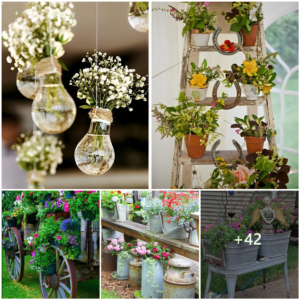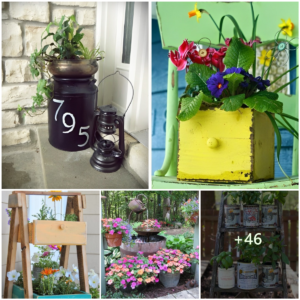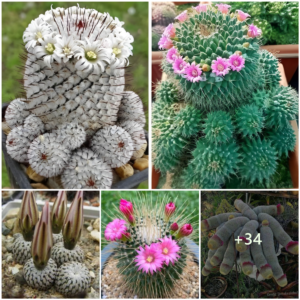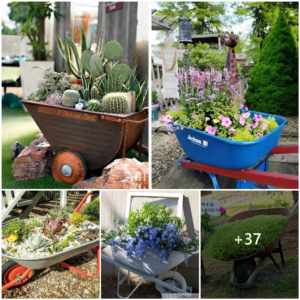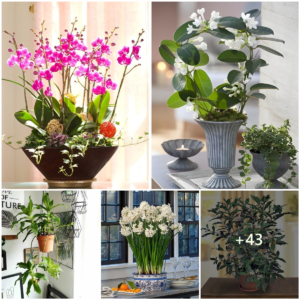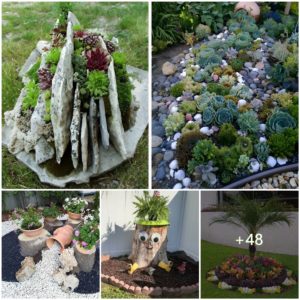This outdoor dining room proves that a humble pergola can create the most luxurious look. The backyard transformation began with an installation of a 10- by 30-foot iron pergola. Wisteria was planted to grow into a leafy canopy overhead. A few lanterns hang from the pergola to cast a gentle light during garden parties. The outdoor fireplace caps off the space and makes it inviting year-round.
Not into pruning, watering, and fussing over plants? Bulbs can provide much of the color you’re craving throughout the year. Snowdrops, winter aconite, and crocuses bloom in mid-to-late winter, followed by daffodils and tulips in spring. Many types of lilies and gladiolas bloom in the summer, while spider lilies, rain lilies, and fall-blooming crocuses bring color to flower beds in autumn. After you prepare the soil and plant, most bulbs require little more than a sprinkling of fertilizer once or twice a year.
Pavers often become a problem area for weeds, but not if you beat them to it and plant a low-growing ground cover instead. These pavers are lined with dwarf mondo grass, which is tough enough to withstand light foot traffic. It can handle sandy soil and rarely requires watering once established. Provide protection from late afternoon sun and give it a haircut at the end of winter.
Even the most relaxed cottage-style garden can benefit from edging. Edging provides structure, makes borders look neater, and defines the separation between gardens and the lawn or pathways. You can use bricks, stones, wood, wattle—the options are endless. Use found materials on your property or purchase edging material from the garden center if you like a more uniform look.










